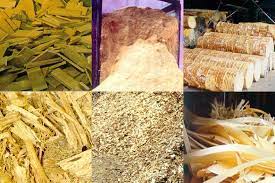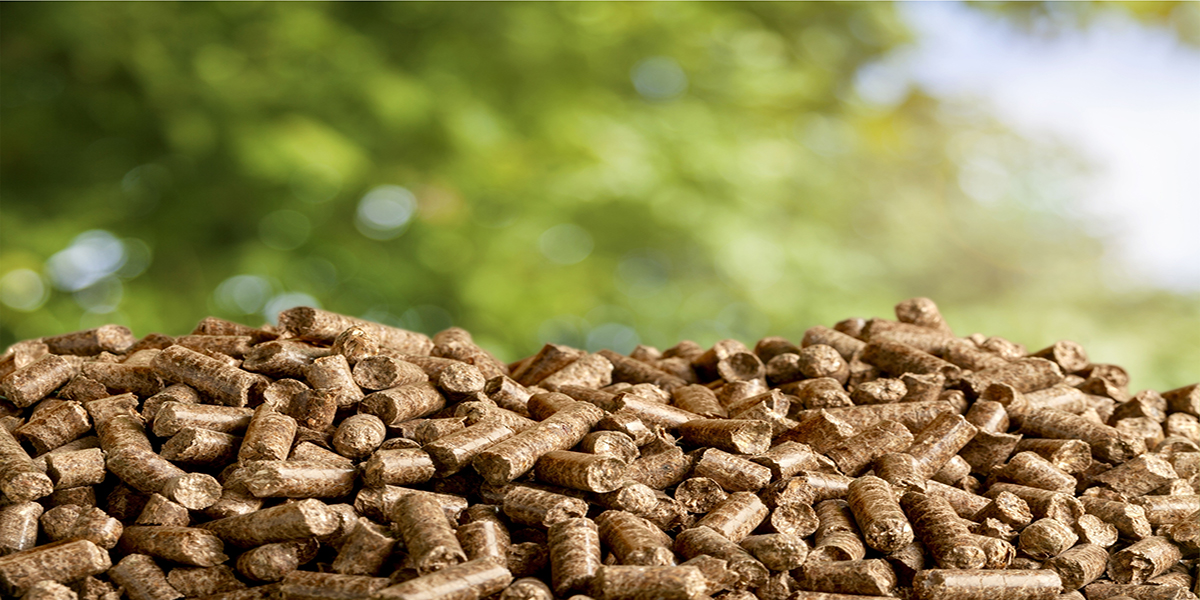Distillery spent wash is the effluence from molasses based distilleries. It is emitted at a high temperature and is highly acidic. It is thus extremely polluting when discharged into rivers. In order to preserve the biodiversity in our rivers, it has this been mandated that distilleries find an alternative way of disposing of the spent wash.
One of the alternative methods being considered is burning it in the boiler used to generate steam and power for the distillery. To understand this further, let us understand distillery spent wash.
The representative analysis (on a dry basis) of distillery spent wash is as below
- Carbon :- 20.65
- Nitrogen :- 4.67
- Ash :- 49.79
The Analysis of the ash is given below
1} Silica (SiO2) :1.62%
2} Ferric Oxide (Fe2O3) :2.10%
3} Calcium Oxide (CaO) :4.67%
4} Magnesium Oxide(MgO) :9.35%
5} Potash (K2O) :21.35%
6} Sulphates (SO4) :7.30%
7} Chloride(Cl) :15.02%
The Potash and the Chlorides are of special interest. The Potash melts at around 700 deg C hence forming sediments over the surface of the superheater tubes. These sediments grow over time reducing the effectiveness of the superheaters and reducing their life.
Additional facts of spent wash are given below
- Spent Wash is highly acidic and needs treatment prior to use in any form.
- Spent Wash has a very high fouling tendency in the boiler due to heavy presence of alkali materials in ash
- Presence of SOx in raw spent wash or biogas
The above tendencies makes spent wash a highly unsuitable fuel for boiler combustion. Therefore in order to successfully burn the spent wash we need to treat it before feeding it to the boiler.
The two main objectives of the pretreatment are reduction of the moisture content and the nuetralisation of pH. For increasing pH, the most practical available solution is Biomethanation. This generates biogas that can be used in the boiler and a spent wash having a pH value of 7 – 8.
Moisture needs to be reduced to around 40 %. The most practical way of doing so it using evaporators. Rotary driers can also be used as an alternative of to complement evaporators.
- Apart from evaporators, alternative methods of drying which are being considered are rotary dryers which reduce moisture even further.
In order to burn spent wash, a stable support fuel is required. The best alternative is Bagasse. The fibrous nature absorbs the spent wash readily and then the low ash quantity eliminates any additional clinkering tendencies due to ash.
The bagasse should be mixed thoroughly with the now evaporated and biomethanted spent wash in a rotary mixer and this mixture should then be fed to the boiler.
The boiler is designed so as to confine the flue gas temperatures to 780 to 800 deg C. Hence it is not possible to achieve very high superheater temperatures. These temperatures are confined to 350 deg C for 32 Bar boilers and to 390 deg C for 45 Bar boilers.
The equipment selected for burning this fuel mixture is the reciprocating grate. This is as only this type of grate allows for combustion without spreading. Due to absence of spreading all the fuel is fed by gravity hence greatly reducing suspension burning and consequently reduction of fly ash and thus lower sedimentation on the superheater tubes. The combustion principle used here is bed burning or pile burning
Other features of these boilers are:
- Tall membrane wall furnaces with minimum refractory work so as to ensure maximum absorption of temperature in the boiler furnace.
- Low temperature of hot air resulting in lower clinker formation tendency on the grate.
- Large economizer to make up for low heat recovery in air pre-heater.
We have commissioned similar boilers at , and at Shamnur Sugars, Davangere, Karnataka, NSL Sugars, Karnataka, SV Sugars, AP, amongst other places, where this principle has been in operation for some time now. This has been a period of learning for us. Based on our experiences at here, we are now able to offer a technically and commercially viable solution for spent wash incineration.
The ash that is extracted from this boiler is rich in potassium salts and can be utilized as a fertilizer.
Spent wash disposal is a very critical factor and with the additional capacities expected in Ethanol production, there will be an huge increase in the quantity of spent wash generated over the next few months. This requires a rapid adoption of technologies to ensure that ethanol producing plants stay zero-discharge otherwise all the gains achieved by reduction of fossil fuel combustion will be nullified by catastrophic water pollution.
Supratik Roy, Chief Executive Officer, SRF Consulting and Engineering




